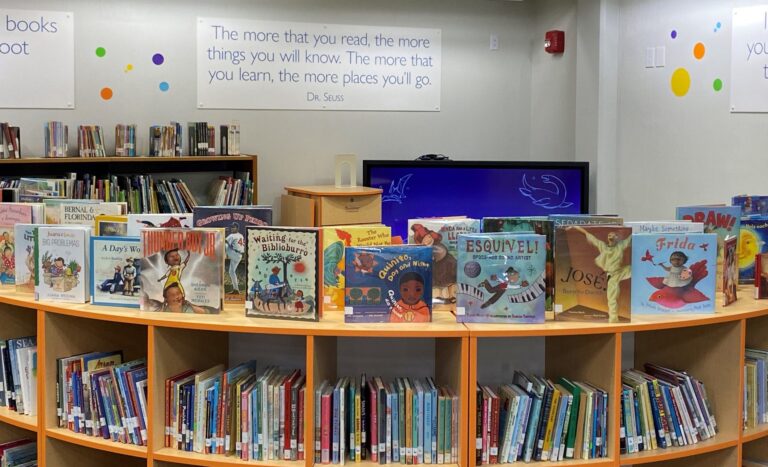Lizards, turtles, bullfrogs, ferrets, rats, gerbils, guinea pigs, fish, cats, dogs, newts, salamanders, rabbits, and snakes…OH MY! These are some of the pets my family has had over the years. Wow! What was I thinking!? It has been messy and smelly at times, for sure! There have been conversations (arguments) over whose turn it is to clean a cage or walk a dog. And there have been many, many tears when we have lost a pet, especially our furry ones who became members of the family. But most of all, there has been joy!
Children can learn a lot from owning and caring for a pet. Taking care of an animal can teach responsibility and compassion. Some families don’t have pets because they simply don’t want pets. Others don’t have pets because they live where pets aren’t allowed or someone in the family has allergies (or some other health condition) or because the family’s schedules are so busy they couldn’t do what is needed to care for a pet. Whether you have a pet or not, you can still have fun with this TALK READ PLAY Pet Theme!
Sharing books and stories is a great way to have fun with pets, even if you don’t have any pets of your own. There are tons of pet-themed books that you can choose from: books about caring for a pet, books that let us peek into how a pet might see the world, books about choosing a pet, and even books about losing a treasured pet.
Don’t have a pet-themed book handy? No problem! Share a story. Maybe something from your own experiences – my kids love hearing about the antics of pets we had before they were born. Or share something you read online or watched in a show. Or just make something up – my family loves making up stories together!

Storytime (with books or without) isn’t just for bedtime – it’s a great way to connect with your child, help them learn new words and ideas, and let their imagination bloom any time of the day. Check out this quick video of my friend Justin explaining how to make the most out of storytime using the READ (acronym alert) strategy:
Easy as R-E-A-D!
- Repeat the Book or Story: Children love listening to a story over and over again. Share the story at least 3-5 times (don’t be surprised if children want more) – each time focusing on a different part of the story. The first couple of times focus on the actions – what’s happening and who’s doing it. The next couple of times focus on the thoughts and emotions – what the characters are feeling and why they do the actions in the story. After that, help your child tell the story – let them share what they remember and learned about the story.
- Engage & Enjoy: Make storytime exciting by using different voices, acting out parts of the story, using lots of facial expressions, and be sure to PAT (acronym alert) new words and ideas – Point to what you’re talking about – Act out the word – Tell them what it means using words they already know. (Look here for more on how to help kiddos learn new words.)
- Ask Questions: Ask questions to help kiddos engage more with the story and what it means to have (or be) a pet. “Why do you think the turtle goes inside his shell?” “Why do you think they put a leash on the dog before they left the park?” These open-ended questions (ones that require more than one word to answer – check out our blog all about them) encourage conversation and let your child share their thoughts and feelings.
- Do More: Extend the conversation (and the learning) by doing something that connects to the story. Did you read Harry the Dirty Dog? Have your child draw a picture of what their favorite pet looks like when they’re clean and when they’re dirty. Encourage their imagination! They can pretend to be a pet, or you can have conversations about how they would care for one…anyone remember the pet rock? See what your child thinks about that.
Storytime is a great way to have meaningful conversations with your child that introduce new words, open their minds to new ideas and help them learn about emotions. Have fun exploring the world of Pets through storytime and check out other pet-themed questions and activities for your Infants/Toddlers and PreSchool/PreK kiddos.




Very Concrete information about reading and engaging with children by using read repeat the book engaging asking questions and do more!